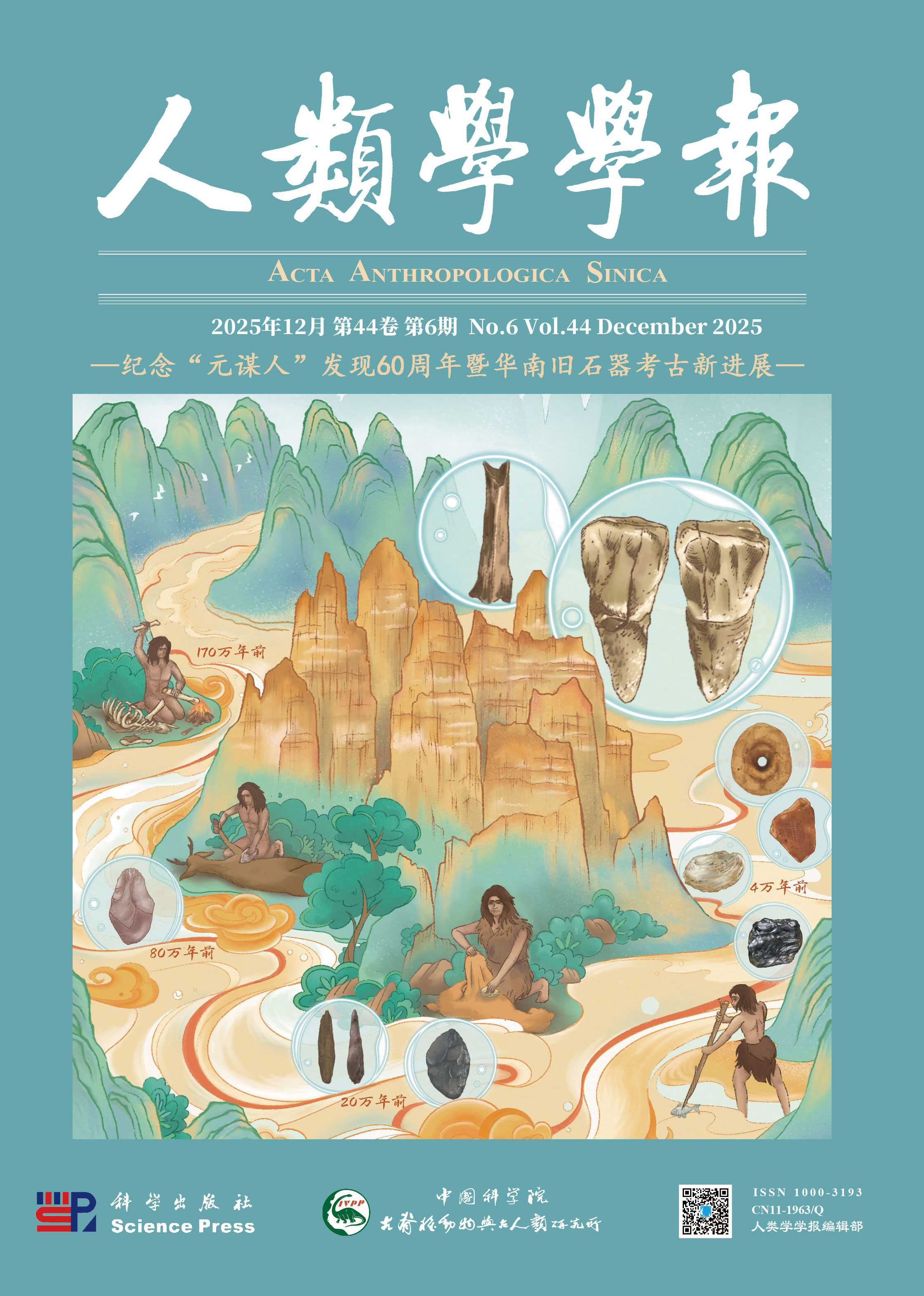Bailongdong (or Bailong Cave), a cave site of ancient humans, is positioned at Yunxi County which is located in the northwest part of Hubei Province. The principal archaeological finds from Bailongdong include 8 human teeth, a couple of stone and bone artifacts as well as numerous mammalian fossils. Whereas the geologic age of the site is still debateful so far, mainly because of the evidence from the mammalian fossils were not well explored. This study covers all the available specimens unearthed during the past four decades, which are currently reposited in the Cultural Relics Station of Yunxi County and the Institute of Vertebrate Paleontology and Paleoanthropology of CAS. The results show that the Bailongdong fauna is composed of 32 mammalian species (including undetermined species) which is dominated by Bos(Bibos) gaurus grangeri, Pseudois nayaur, Sus lydekkeri and diversified deers (Elaphodus cephalophus, Muntiacus cf. reevesi, Muntiacus muntjak, Cervus grayi, Rusa unicolor); In addition, the following taxa are also presented: Miniopterus schreibersii, Rhinolophus sp., Ochotona sp., Leopoldamys edwardsi, Rhizomys sinensis, Hystrix subcristata, Canis mosbachensis variabilis, Cuon javanicus antiquus, Nyctereutes sinensis, Ursus thibetanus, Ailuropoda baconi, Arctonyx collaris rostratus, Pachycrocuta sinensis, Catopuma temmincki, Neofelis nebulosa, Panthera tigris, Panthera pardus, Homotherium sp., Stegodon orientalis, Dicerorhinus sumatrensis, Stephanorhinus kirchbergensis, Megatapirus augustus, Capricornis sumatraensis kanjereus and Bubalus sp., and the extinct taxa account for 43.75%; but monkeys are lacking and porcupines are few, which is unusual for its geographical and chronological positions; moreover, the general composition agrees well with that of the Ailuropoda-Stegodon fauna. Such taxa of Bailongdong fauna as A. baconi, P. sinensis, A. c. rostratus, P. tigris and M. augustus nearly reached the maximum peak in dimensions of their kinds respectively. Based on the faunal composition and evolutionary levels, the age of Bailongdong fauna should correspond to the Middle Pleistocene, which is very close to the Yanjinggou fauna and the fauna of the Nanjing Man site.









